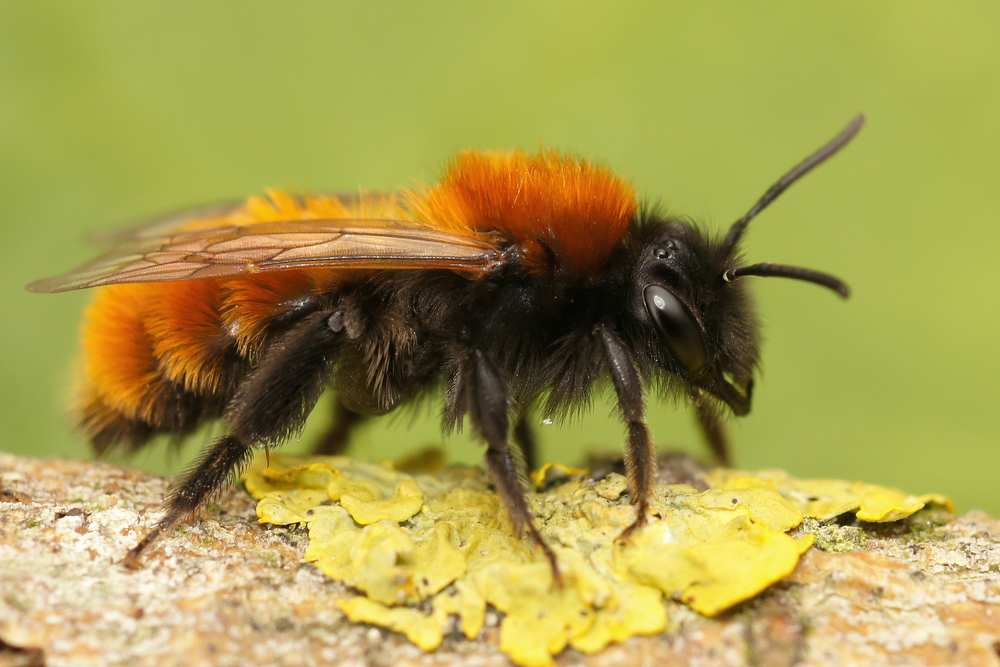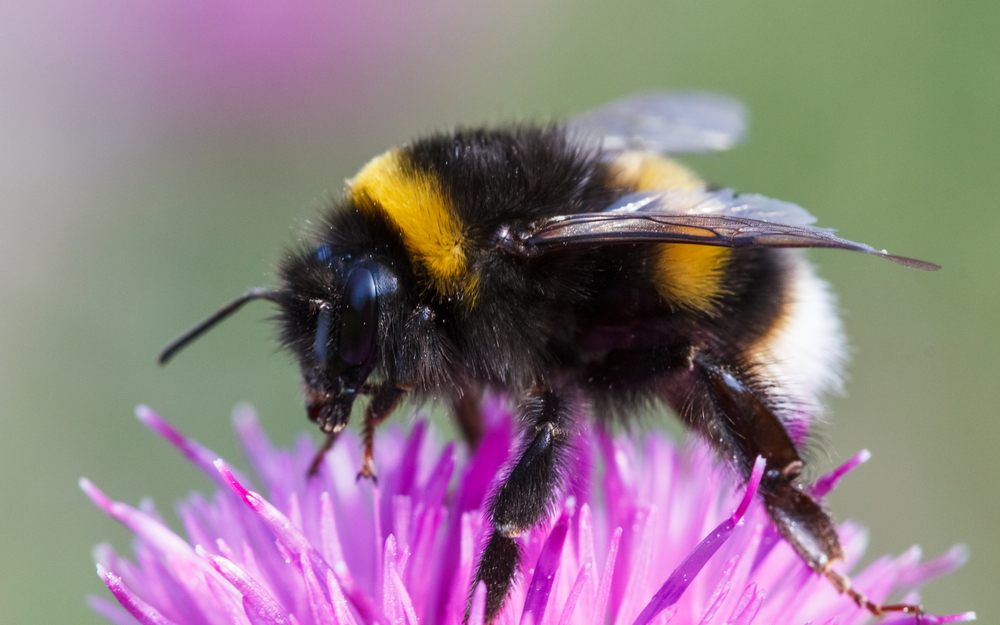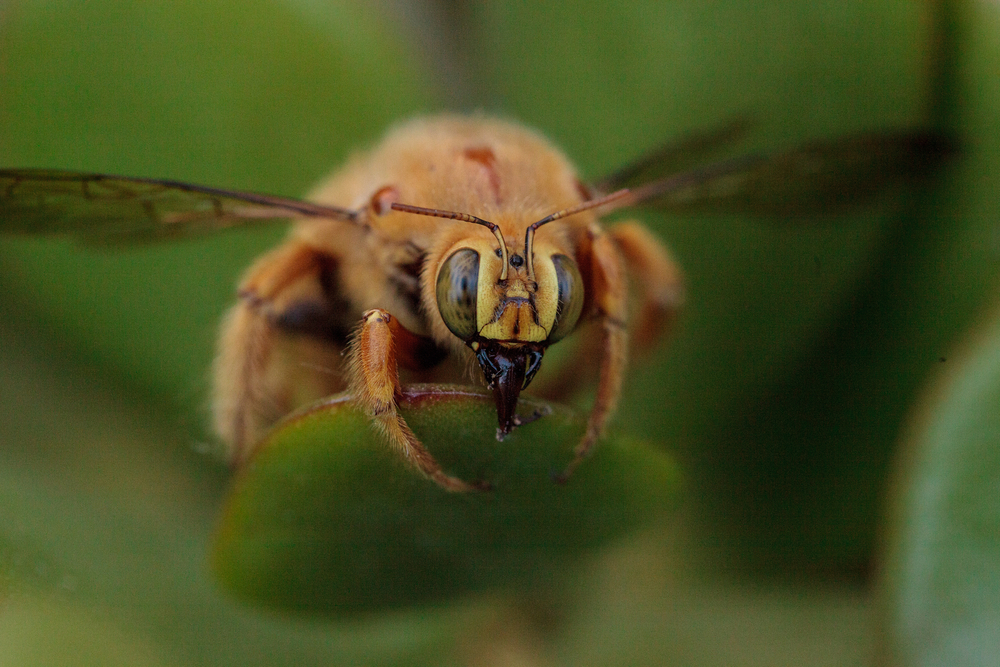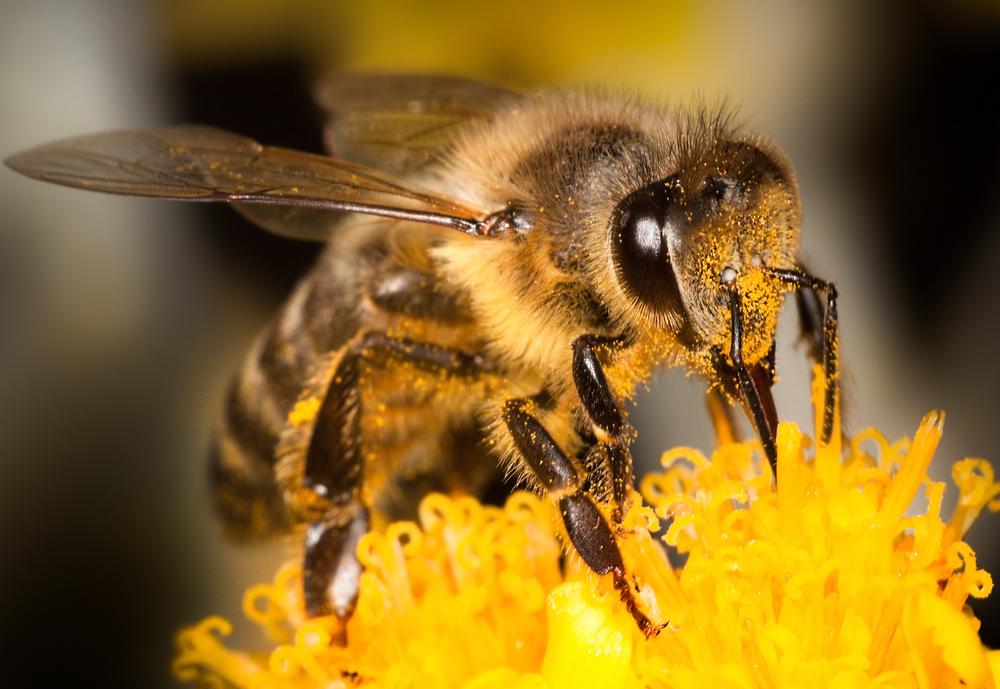Uniqueness
Mining bees (family: Andrenidae) are a diverse and ecologically vital group of solitary bees that exhibit several unique traits distinguishing them from other pollinators.
Ground-Nesting Specialists:
Unlike honeybees or bumblebees that nest in cavities or hives, mining bees are soil excavators, creating intricate underground tunnels for their nests. Each female digs her own burrow, often resulting in dense but independent nest aggregations in open, sandy, or loamy soil.
Solitary Yet Abundant:
Mining bees are solitary—each female acts as her own queen, builder, and provider. Yet during peak season, hundreds or thousands of nests may appear in one area, creating the illusion of colony behavior without true social structure.
Early Spring Emergence:
One of their most defining traits is early seasonal activity. Many species are among the first pollinators to emerge in late winter or early spring, playing a critical role in pollinating the first wave of flowering plants and fruit trees.
Oligolecty in Pollination:
Numerous mining bee species exhibit oligolectic foraging, collecting pollen only from a narrow range of plant species (e.g., willows, asters, or blueberries). This specialization makes them highly effective pollinators for those plants and essential for maintaining plant-bee mutualisms.
Minimal Defense and Gentle Disposition:
Mining bees are non-aggressive and rarely sting. Females will only sting if directly handled or threatened, and males lack stingers altogether, making them harmless to humans and pets.
Environmental Indicators:
Due to their sensitivity to soil quality, pesticide exposure, and habitat fragmentation, mining bees serve as bioindicators of healthy ecosystems. Their presence often reflects well-managed or undisturbed landscapes.
Understudied Diversity:
With over 1,300 species worldwide (and 400+ in North America alone), mining bees represent a richly diverse but underappreciated group. Many species remain poorly studied, and their ecological roles are only beginning to be understood.
Mining bees’ unique combination of solitary nesting, seasonal timing, and floral specialization makes them irreplaceable players in natural pollination networks. Despite their quiet presence, they are essential for the health and continuity of springtime ecosystems.







































































